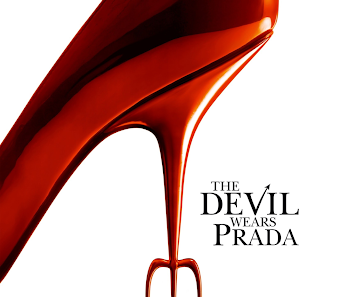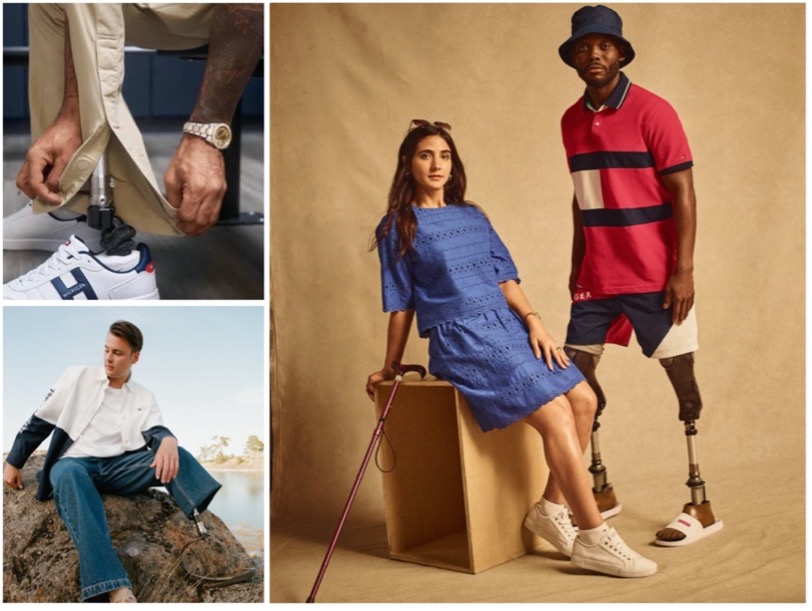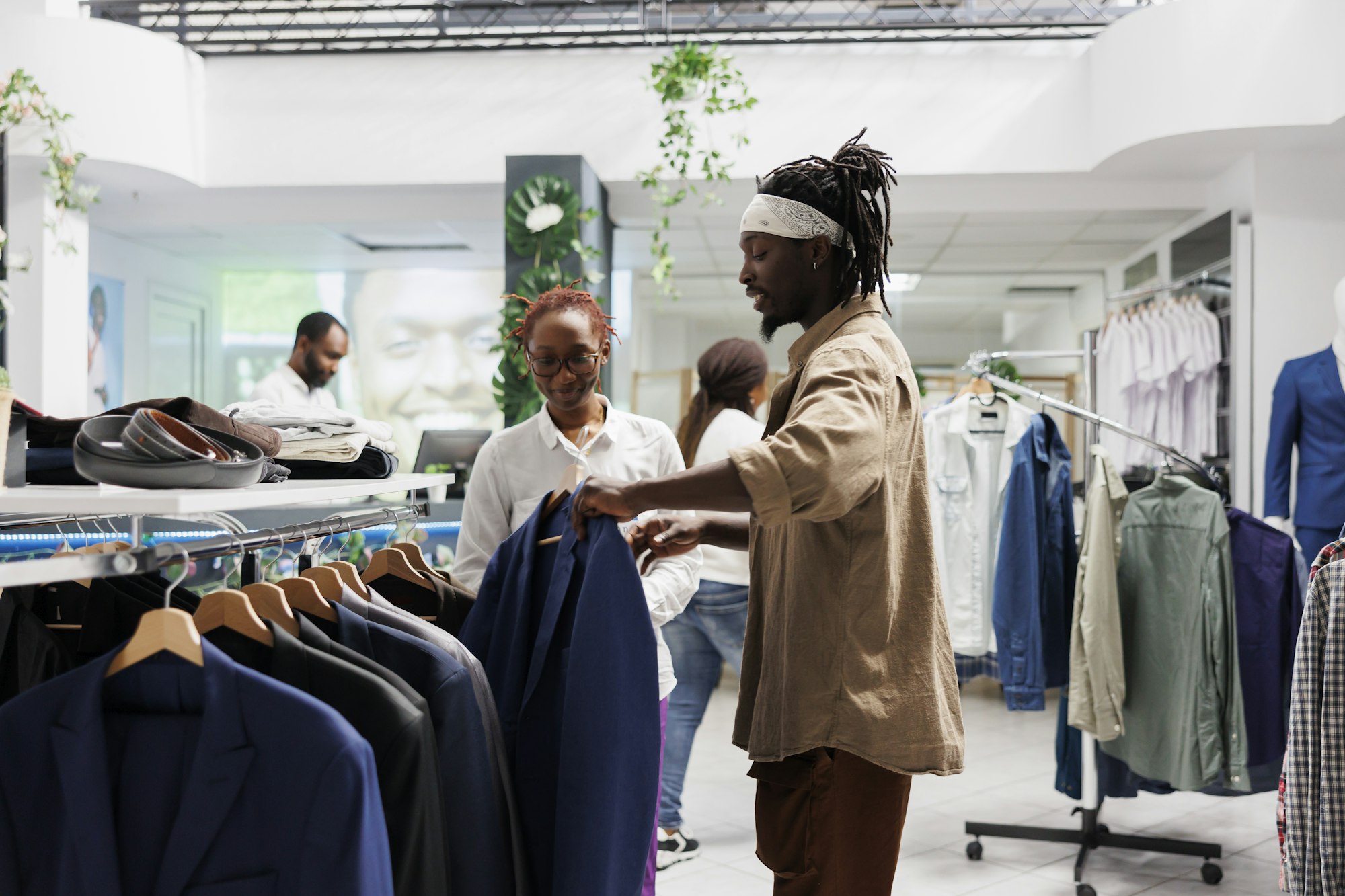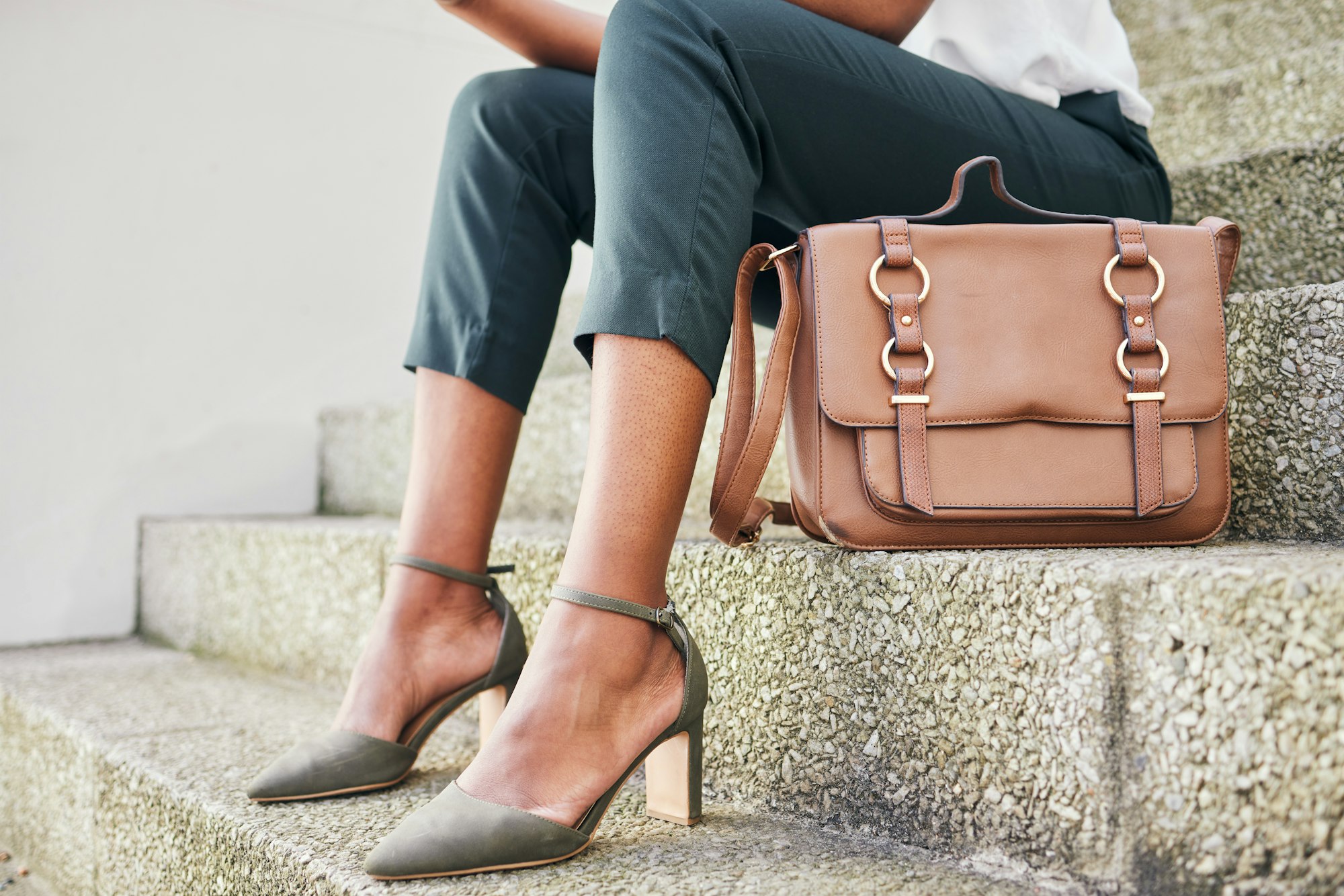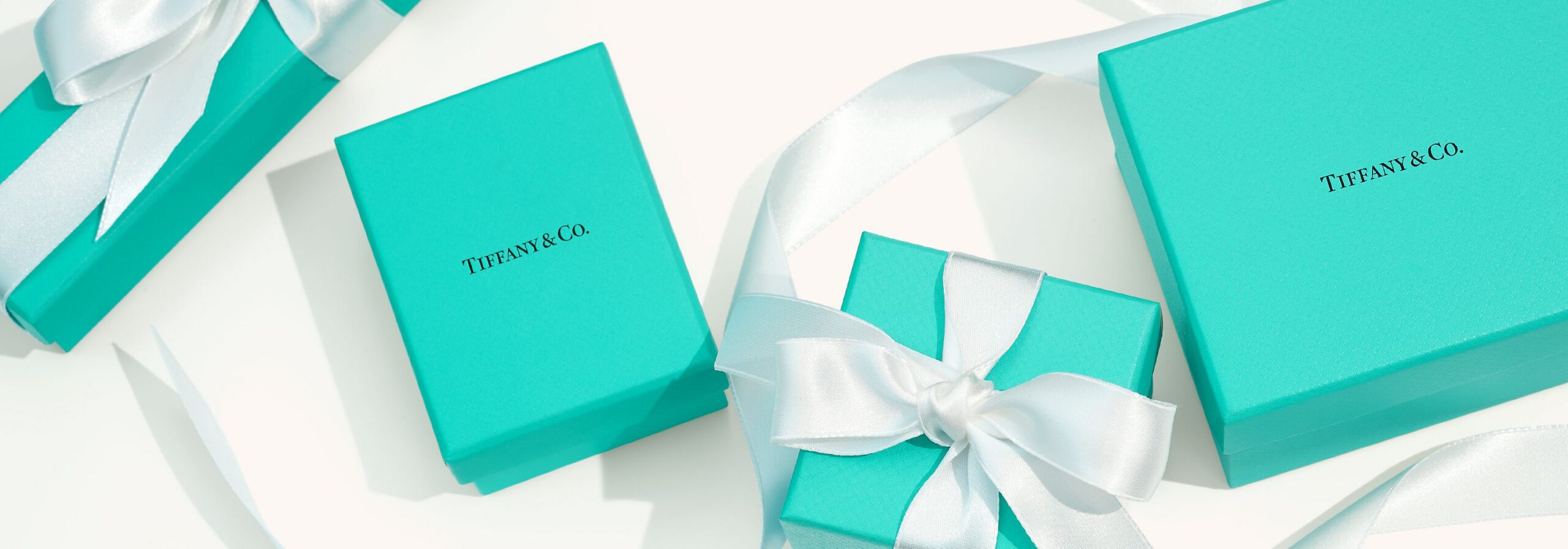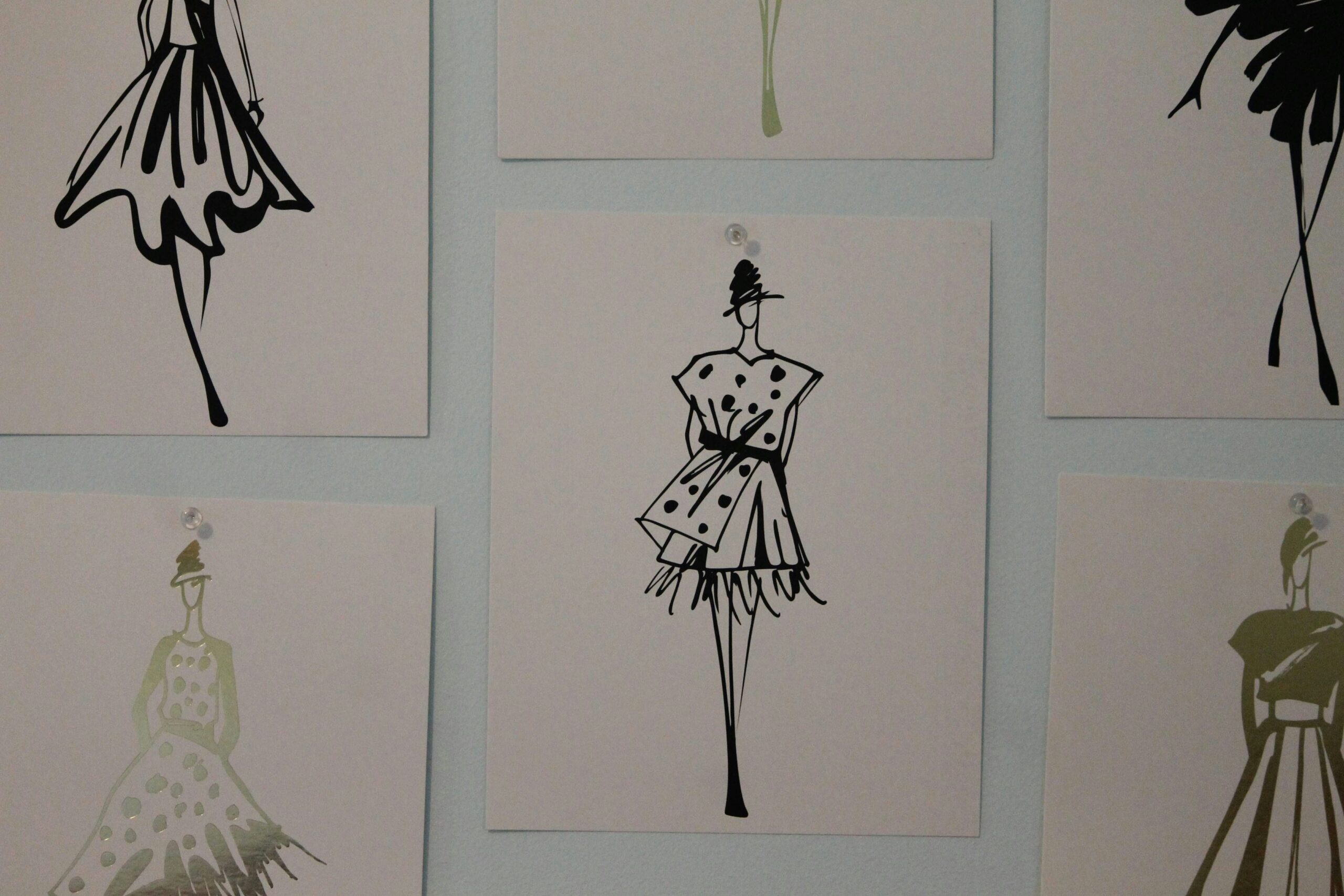Fashion, design, and production is often perceived as an attractive and glamorous industry, filled with the best creative minds. Consumers only see the bright side of the businesses, who often conceal the various harmful and unethical practices undertaken by their brands to be successful in today’s dynamic and ever-changing market. In this case study, we analyse the human rights and environmental violations committed by well-known and beloved fashion brands, in order to promote consumer awareness and help us make better, more ethical choices in our consumption of fashion. We take a look at common violations and the brands guilty of each one, along with the legislation that ideally should safeguard workers, punish these brands and protect human rights, but are circumvented cleverly, albeit unethically. These violates include, but are not limited to, modern slavery, forced labour, and child labour.
Legal Protections for Garment Workers
In the European Union, Article 4 of the European Convention of Human Rights illustrates the prohibition of forced labour and slavery. The main forefront piece of legislation protecting fashion workers in the UK is the Modern Slavery Act 2015, which encompasses provisions about slavery, servitude and forced or compulsory labour and about human trafficking, including provision for the protection of victims of these acts. Here, we will be taking a look at the sections of this Act through the lens of fashion law. In the UK, the Modern Slavery Act 2015 describes slave labour and modern slavery and bans exploitation of workers with respect to these conditions. Exploitation involves harsh and unsafe working conditions along with long hours and meagre, if any, pay. Such workers also do not have access to worker’s rights and benefits commonly available to employees, such as sick leave, holiday pay or even maternity leave, due to a lack of a contractual agreement. It is also important to note that the consent of a person undertaking modern slavery or forced labour does not play a part in identifying the guilt of the corporation they are working for.
Since this exploitation is banned in the UK, and brands may receive harsh penalties for it, they have found a way to offload labour to countries like Pakistan, Myanmar, and Bangladesh, where this legislation does not apply. These developing and under-developed countries do not have a suitable legislative framework to protect workers from exploitation and since they have weak economies, workers are unfortunately willing to work for minimal amounts of money. Taking advantage of this fact, large famous brands like Nike, Walmart, and H&M have been found guilty of forced labour and modern slavery, including child labour.
Child labour is another extreme issue in fashion supply chains defined by the United Nations as work done by a person below the minimum working age. In the USA, the Fair Labor Standards Act states the minimum age for employment being fourteen years for non-agricultural jobs while restricting the hours those under the age of sixteen are permitted to work. It also prohibits youth under the age of eighteen from working in hazardous and dangerous jobs. Myanmar and Bangladesh, the two countries with the highest rate of child labourers in the garment industry, provide legal protection to them through the following legislation: both countries ban children below the ages of fourteen from working.
Poverty and minimal opportunities for development in economically weak countries results in children having to work in unsafe sweatshops rather than receiving an education, damaging their intellectual abilities and scope of growth, both mentally and physically, as the unhealthy conditions of the clothing factories often negatively harm their physical health due to fumes and chemical inhalation. The International Labour Organisation published a shocking figure of around 170 million child labourers being engaged in the fashion and textile industries. What is even more surprising is that a report in 2015 showed that 75% of 219 studied brands had no clue about where their textures, materials, and sources were obtained. Given the perplexing idea of the article of clothing store network, it could be hard for the fashion brands to straightforwardly alter its production and supply. This, once again, emphasises the importance of transparency in fashion supply chains.
Such practices, although inhumane, are beneficial to brands financially, as it reduces the cost that goes into making a product, increasing profit margins. It also allows brands to have low and competitive pricing, further encouraging consumers to purchase them.
Brand Violation Case Studies
Yet, UK workers are not fully protected by this Act either, as in a report published in 2020, Labour Behind the Label found evidence of exploitation of garment workers in Leicester. These workers made garments for e-seller Boohoo, and suffered from unhygienic and unsanitary working conditions that put them at risk of catching Covid-19 at the height of the pandemic. Further reports also showed that workers were being paid 3 pounds an hour – considerably below the statutory minimum wage set out by the Employment Rights Act 1996, which entitles all employees and workers to minimum hourly earnings. Some reports claim that workers earn four cents per garment they complete, which unfairly stimulates overworking and overexertion.
A particularly egregious example is the actions of activewear company Nike in Cambodia. Nike has been accused of using sweatshops and refusing to pay thousands of their garment makers in East Asian countries, to the tune of over 2 million dollars as of 2020. The Violet Apparel Case in 2023 is a landmark case against Matalan and Nike, where the court found that the garment workers were fully entitled to payments and benefits as per national law, along with benefits, despite Nike denying their usage of the Cambodian factory entirely. The OECD and the UN are the two organisations providing guidance to brands about how to better comply with labour laws, and Nike was found to have violated this guidance as well. Yet, the workers have still not received the earnings they are entitled to, illustrating the abject lack of protection and the inability of governmental structures to implement labour laws against conglomerates.
Another example is the actions of popular fast fashion company H&M. The Business and Human Rights Centre reported human rights violations in H&M’s factories in Myanmar earlier last year, which are being investigated by the local authorities. Up to 20 violations of labour law and worker rights were alleged against the brand, including meagre wages and dangerous factory conditions. Workers were alleged to have been made to work fourteen to sixteen hours per day. Yet, once again, H&M has faced no repercussions as of yet.
What brands should do
Brands and fashion companies have the power to lift thousands of workers in third-world countries out of poverty and contribute positively to their social development and mobility. By compensating them adequately for their labour, brands can fulfil their social responsibility and promote ethical and sustainable fashion. Brands should aim to be more transparent about their supply chains, and the results of their policies rather than simply stating their sustainability and CSR goals. The Fashion Transparency Index has found that only 26% of brands achieve transparency, with particular opacity being found in luxury brands and products.
The lack of sufficient payment to garment makers is significantly appalling considering the profits and salaries that CEOs of these brands earn. The Chief Executive Officer of Ralph Lauren, Patrice Louvet, earned a staggering figure of 23 million dollars in 2017, while other top executives of the brand raked in 20 million dollars. Similarly, CEOs of brands like GAP earned nearly 21 million dollars; her profit margin rising by almost 360%. In light of these figures, the manner in which these brands treat their garment makers is even more inhumane. Charities, policy makers, and organisations, aiming to protect the voiceless garment workers have been prodding CEOs and chairpersons to forgo some of their earnings to properly compensate those on the lowest rung in their brand’s supply chains.
What we, as consumers, can do
Fast fashion and the constant changing of fashion trends is a main reason as to why this problem has increased and gained significant traction in the past few years. Consumer habits, like influences purchasing large hauls of merchandise contribute to this rise. Since consumers want the freedom to purchase all the latest trends as soon as they hit the market, fashion brands are pressured to cater to them at the risk of losing out to other brands. They aim to differentiate themselves through low prices, enabled by the low cost that using forced labour results in. This has created a dangerous cycle of overconsumption. Of course, the main culprits are the brands and corporations, but as consumers, we must make more ethical and informed choices and consume sustainably. Rushing to participate in the latest trends may directly contribute to exploitation of garment workers in third-word countries.
In the way they order their clothes, brands are increasingly using direct-to-consumer (D2C) on-demand models. Typically, they start with very small order quantities and increase them as sales improve. Although this method of purchasing may result in a reduction in unsold goods, it also puts workers and suppliers in danger. Suppliers are unable to plan for sudden and unpredictable increases in order volumes with tight deadlines. Unpredictable purchasing can result in excessive overtime and employee stress and anxiety. to meet creation targets. Additionally, D2C models make the customer the importer rather than the retailer. Transporting merchandise directly to buyers, from countries like China or Bangladesh, provide tax benefits to brands increasing their profitability, while the labourers earn minimally. This contrasting divide is striking.
Although this paints a devastating picture on the violation of labour laws in the fashion industry, things are improving with brands becoming aware of appealing to their increasingly aware consumer base, who would like to purchase quality, guilt-free products. This improvement can be seen in the report discussed above – The Fashion Transparency Index. It reports that almost half of fashion brands are transparent about at least their first-tier suppliers and 15% of brands surveyed by the Index are open about trade union protections for their workers, with the number steadily expected to increase. Such moves are encouraged by organisations and consumers alike, and we, as consumers, must aim to purchase from the brands that advertise their ethical businesses practices. This will surely put the fashion industry on the right track – towards sustainability and equality for all workers.
Author: Reva Naidu






